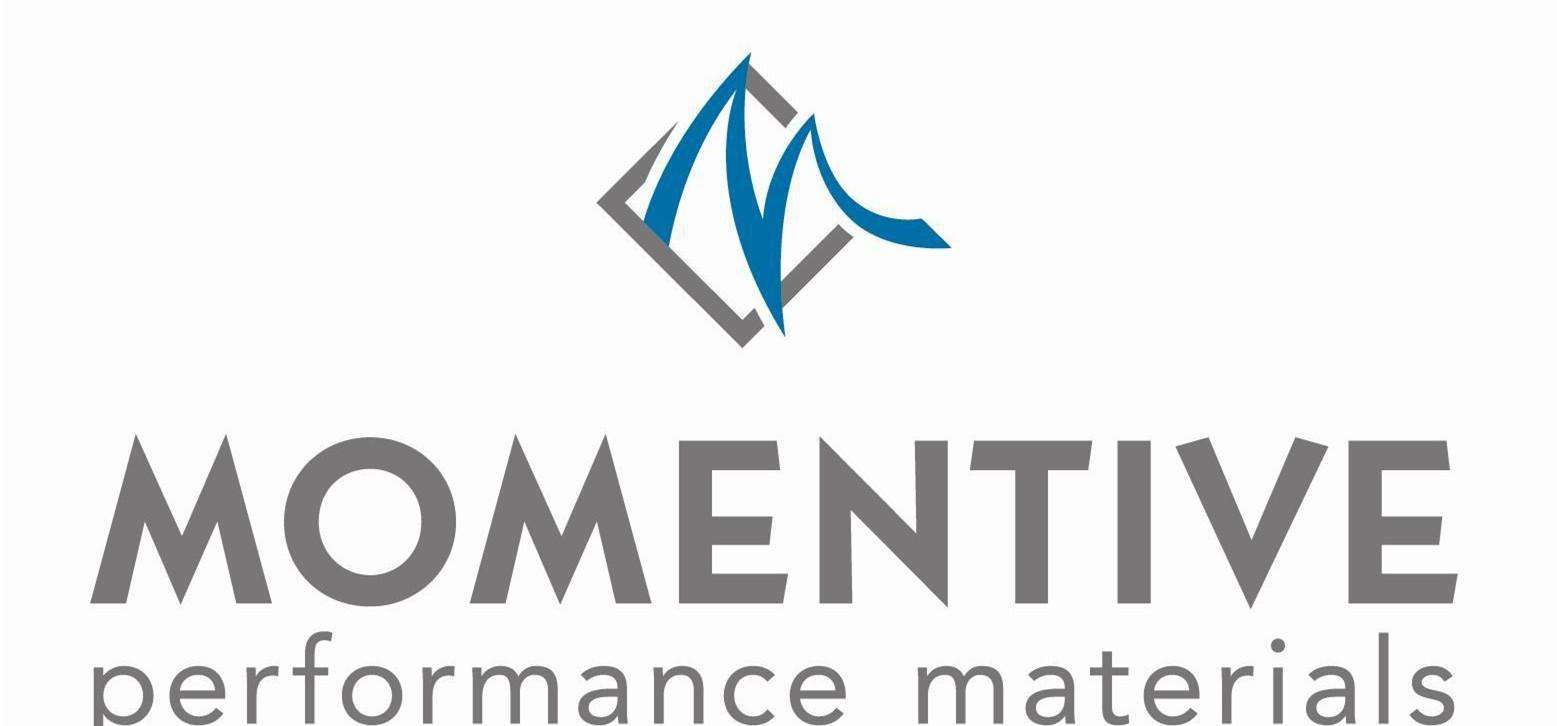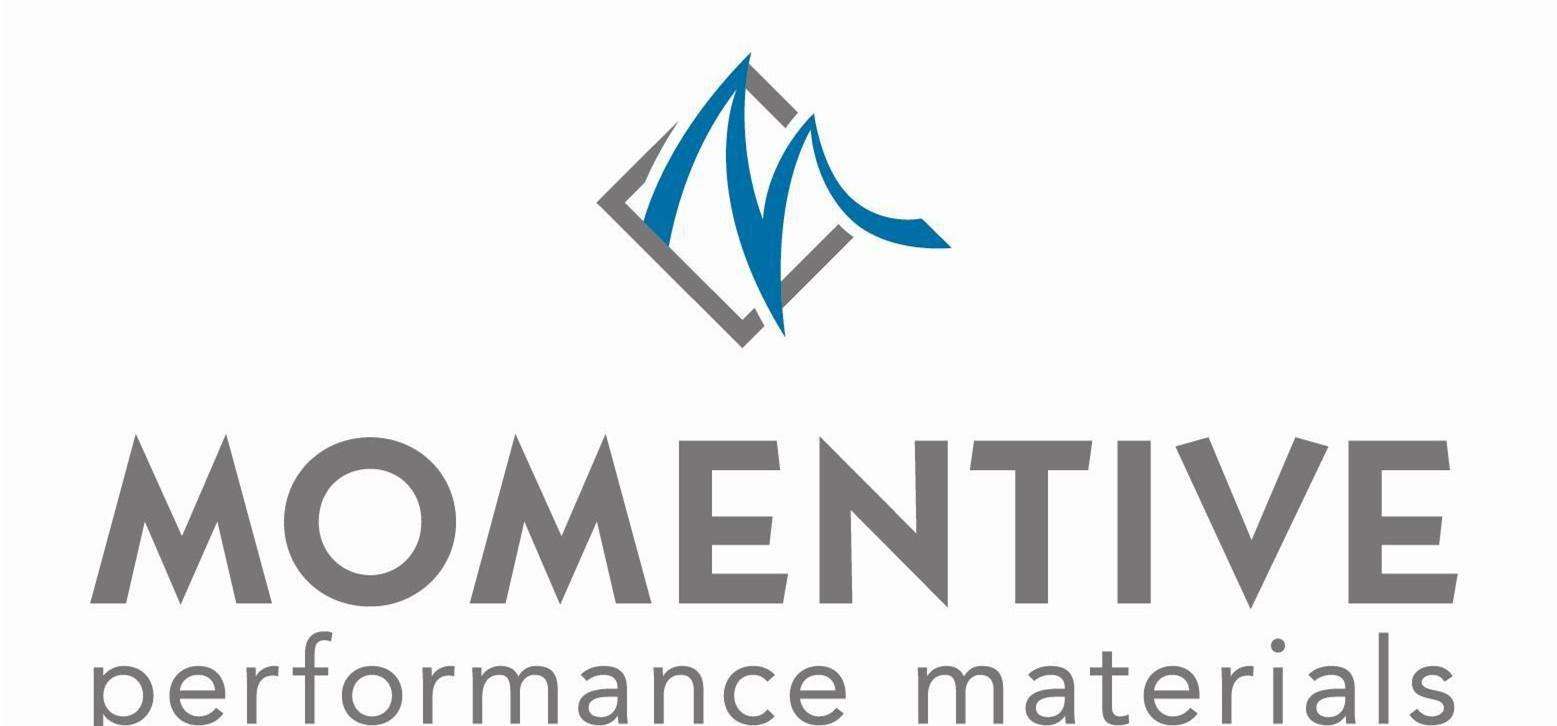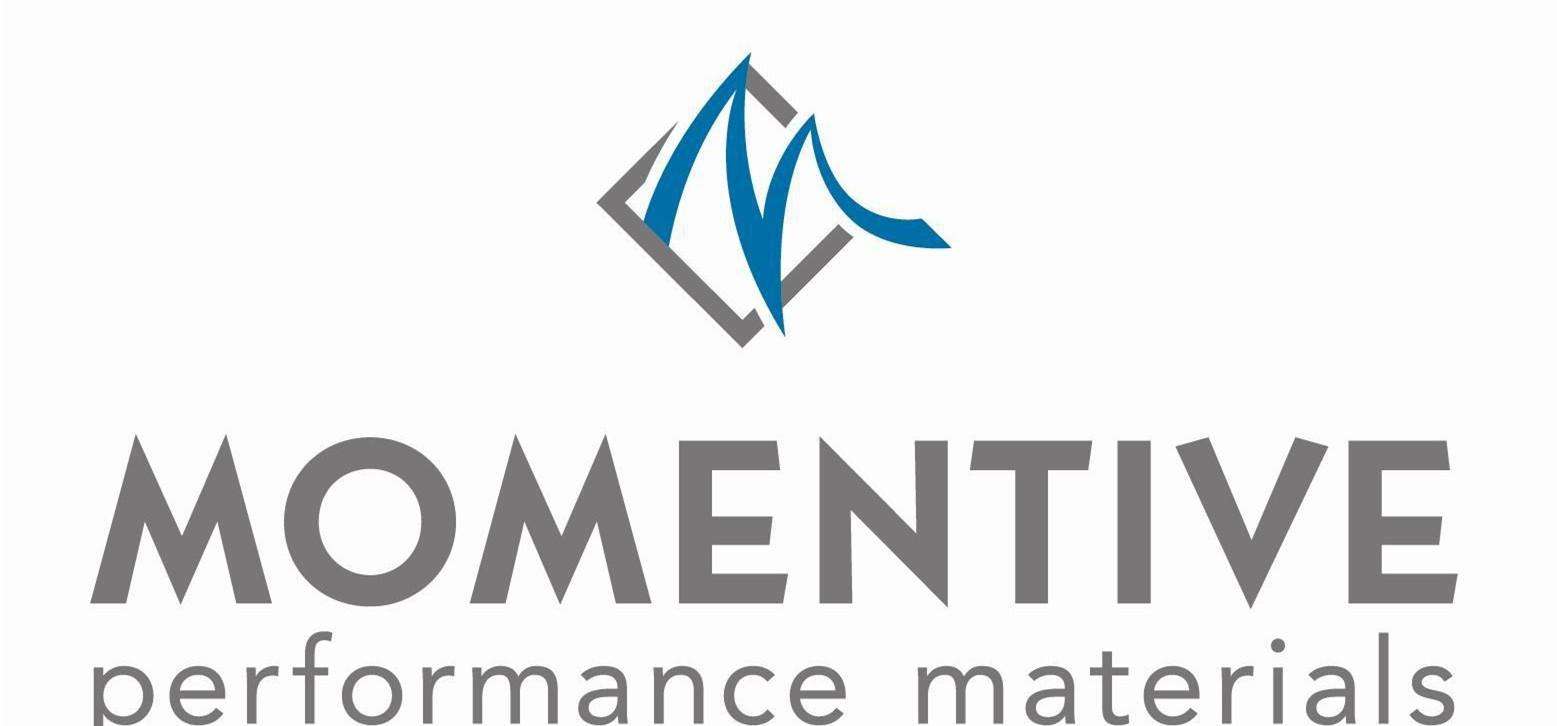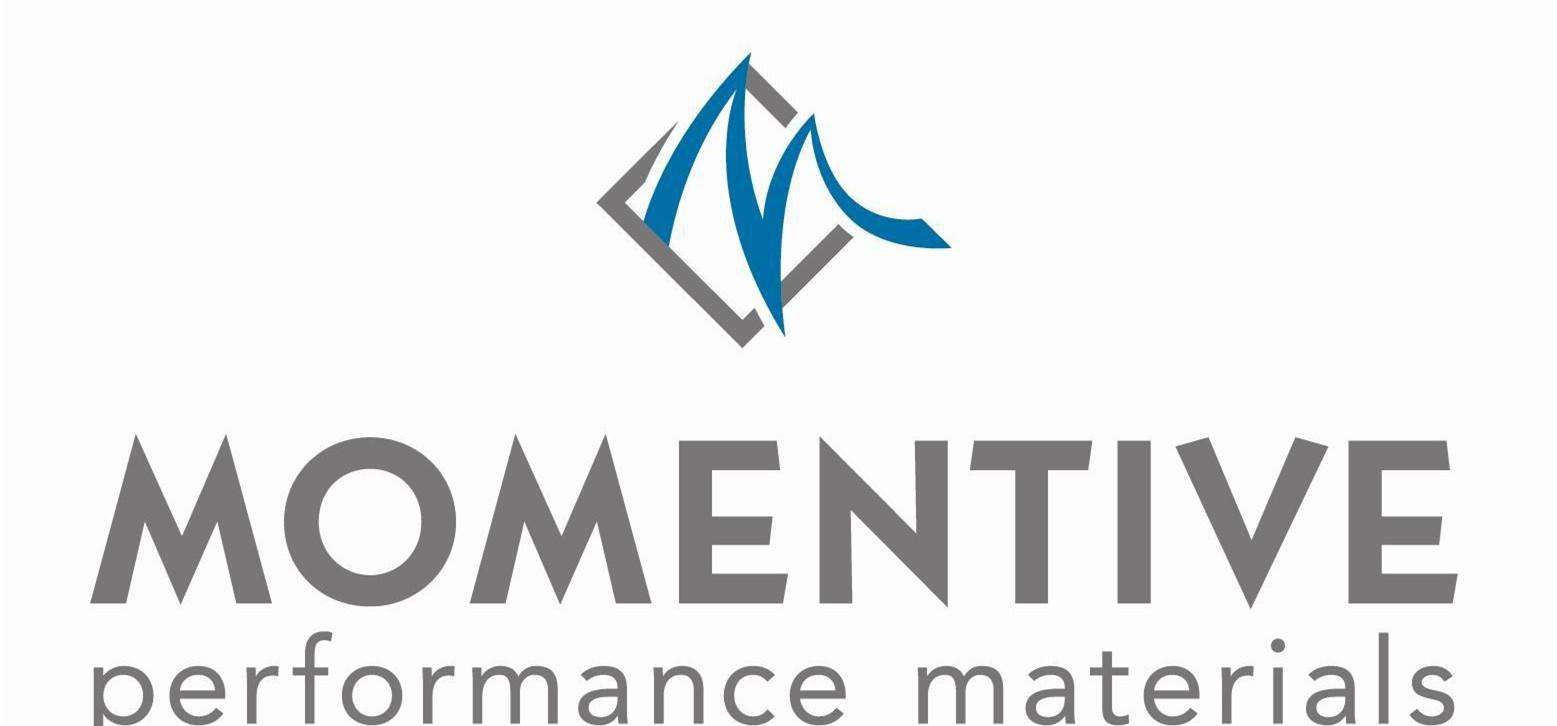

- 吡咯烷酮羧酸钠 L-吡咯烷
- 水性油墨中,加入蜡乳液与
- 农药原料中常用的三氯乙酸
- 分散剂在涂料中的八大作用
- 二氯乙酸是怎么制成的?二
- 水性涂料选择分散剂该注意
- 一篇文章让你读懂什么是氯
- 抗静电剂在涂料工业中的应
- 什么是过乙酸?过乙酸的用
- 知道增稠剂与流平剂之间的
- 一文了解乙酸酐在不同行业
- ”硬脂酸、PE蜡和石蜡“在
- 一文读懂冰乙酸!冰乙酸的
- 膨润土改性及其在环境治理
- 橡塑行业常用的溶剂,乙酸
- 工业防锈水性防锈剂研究与
- 甲酸在印染工业中的应用,
- 乳化剂np10的性能与应用
- 钨酸的作用?钨酸的性质及
- 一文读懂消光粉的三大用途
- 皮肤碰到氟硅酸了怎么办?
- 关于硅酸你了解多少?硅酸
- 神奇!氯磺酸的作用范围竟
- 胶粘剂行业竞争激烈,水性
- 高氯酸你了解多少?高氯酸
- 偶联剂和交联剂、相容剂在
- 氢溴酸的性能及用途介绍
- 无水氢氟酸有什么作用?无
- 氢氟酸你了解多少?氢氟酸
- 消泡剂在混凝土中的应用
中石化在“2+26”炼厂 提前完成国6升级
凯茵化工讯 英国《自然 通讯》杂志27日发表的一项环境科学研究表明,一种此前“被忽视的化学物质”——二氯甲烷可能正在推动臭氧层的消耗。根据二氯甲烷排放情形来看,近年来它的增加可能使南极臭氧层的恢复进程放缓5年至30年。科学家呼吁,未来进行臭氧层预测时必须将这种消耗臭氧层的物质考虑在内。
臭氧层保护了地球上的生物免受远紫外辐射的伤害,其损耗后,会导致到达地球表面的紫外线明显增加,给人类健康和生态环境带来严重危害。20世纪80年代,人为造成的持久的氯类物质,如氯氟烃,导致平流层臭氧层减少,南极地区受影响好为严重。
1987年,旨在调控消耗臭氧层物质排放的联合国《蒙特利尔议定书》实施后,平流层臭氧层开始恢复。目前,预计南极臭氧层空洞将在本世纪中后叶恢复到1980年前的水平。但是近年来,大气中的二氯甲烷浓度上升,可能导致臭氧层消耗。而二氯甲烷存在时间短,不受《蒙特利尔议定书》监管。
此次,英国兰卡斯特大学科学家雷恩 霍塞尼及其同事通过观察,并使用 全Q化学输运模型进行模拟,检查了未来平流层氯水平和臭氧层水平对持续的二氯甲烷增长的敏感度。他们的预测结果表明,如果二氯甲烷按照2004年至2014年间观察到的平均速度持淀粉醚续增长,则南极的臭氧层恢复进程将推迟30年;如果二氯甲烷浓度维持在目前水平,那么该进程只会推迟5年。
虽然未来二氯甲烷的变化情况存在不确定性,但是若没有任何排放监管规定,那么它的浓度将可能落在论文所述的增长区间内。由于平流层下部臭氧层变化会改变抵达地球的太阳辐射量,尤其是在南半球,因此科学家们强调,未来的气候预测应将潜在的臭氧恢复进程放缓情况考虑在内。
Dichloromethane actually "escaped" UN supervision
Kailin Chemical News An environmental science study published by Nature & Middot; Communications magazine on the 27th shows that a previously neglected chemical substance "is likely to promote ozone in the ozone layer Consumption. According to the case of methylene chloride emissions, its increase in recent years may slow the recovery process of the Antarctic ozone layer from 5 to 30 years. Scientists have called for such ozone-depleting substances to be taken into account in future projections of the ozone layer.
The ozone layer protects the Earth's creatures from the harmful effects of extreme ultraviolet radiation. After being depleted, the ozone layer causes a marked increase in ultraviolet light reaching the Earth's surface, posing a serious hazard to human health and the environment. In the 1980s, anthropogenic persistent chlorine species, such as chlorofluorocarbons, led to a decrease in the stratospheric ozone layer, most severely affected in Antarctica.
After the implementation of the UN Montreal Protocol to regulate emissions of ozone-depleting substances, the stratospheric ozone layer began to recover in 1987. At present, it is expected that the Antarctic ozone hole will be restored to its pre-1980 levels by the middle of this century. However, the increase of methylene chloride concentration in the atmosphere in recent years may result in depletion of the ozone layer. Methylene chloride, however, has a short shelf life and is not regulated by the Montreal Protocol. This time, the British Lancaster University scientist Ryan Huntsman and his colleagues observed and used the global chemical transport model to simulate the future stratospheric chlorine levels and the level of ozone to check Continued sensitivity to methylene chloride growth. Their predictions show that the process of recovery from the ozone layer in Antarctica will be delayed by 30 years if methylene chloride continues to grow at the average rate observed between 2004 and 2014; if the concentration of methylene chloride remains at current levels, the process will only Postponed for 5 years.
Although there is uncertainty about the future changes in methylene chloride, its concentration will likely fall within the growth range described in the paper without any regulatory requirements for emissions. As the lower stratospheric ozone layer changes the amount of solar radiation that reaches the earth, especially in the southern hemisphere, scientists emphasize that future climate predictions should take into account the potential slowdown of the ozone recovery process.

【版权声明】秉承互联网开放、包容的精神,凯茵化工欢迎各方(自)媒体、机构转载、引用我们原创内容,但要注明来源凯茵化工;同时,我们倡导尊重与保护知识产权,如发现本站文章存在版权问题,请将版权疑问、授权证明、版权证明、联系方式等,发邮件至 app@shkingchem.com,我们将第一时间核实、处理,感谢您的配合。
相关产品
【版权声明】秉承互联网开放、包容的精神,凯茵化工欢迎各方(自)媒体、机构转载、引用我们原创内容,但要注明来源凯茵化工;同时,我们倡导尊重与保护知识产权,如发现本站文章存在版权问题,请将版权疑问、授权证明、版权证明、联系方式等,发邮件至 app@shkingchem.com,我们将第一时间核实、处理,感谢您的配合。










